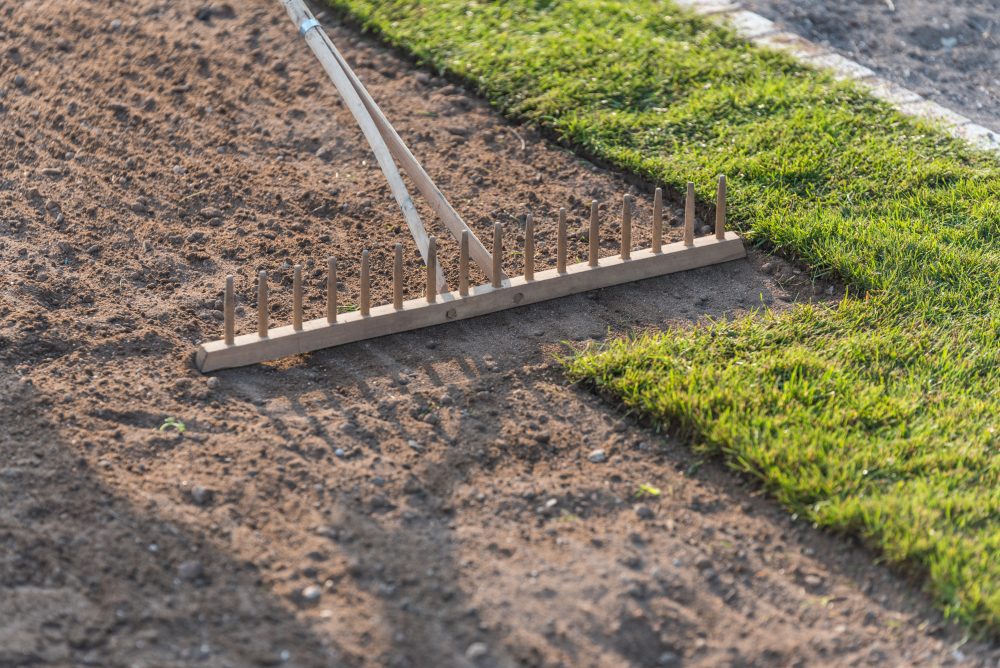Leveling your lawn is essential in maintaining a healthy, attractive, and lush yard. When it comes to leveling your lawn, timing is vital if you want to maximize its benefits. However, there is no one perfect time for this, as the best time depends on the type of grass, so it’s important to level your lawn accordingly.

Lawn Leveling Timing
Different types of grass have different needs and conditions, which means that the best time to level your lawn may vary depending on what kind of grass you have. Cool-season grasses, such as bluegrass, perennial ryegrass, and fescue, should be leveled in late summer or early fall when there are cooler temperatures and more moisture in the ground. While warm-season grasses, like Bermuda grass and St. Augustine, should be leveled during the springtime when temperatures start to warm up and days become longer.
Lawn Leveling Conditions
In addition to timing, it’s also important to consider other factors, such as drought and soil conditions, before leveling a lawn. If you have any existing pest or disease problems affecting your grass, these need to be treated first before attempting to level. And if your soil is too wet, it could cause problems when trying to level it, so ensuring that it is dry enough beforehand is essential.
In short
By understanding the needs of your particular type of grass and taking into account existing conditions such as weather patterns, soil quality, and pests/diseases, you can optimize your timing for when to level your lawn so that you get the maximum benefit from this important landscaping task!
Not sure where to start? Accurate Lawn Leveling can make sure that your lawn is leveled correctly during the best time of year for your specific type of grass. Contact us today! Your lawn will thank you.
